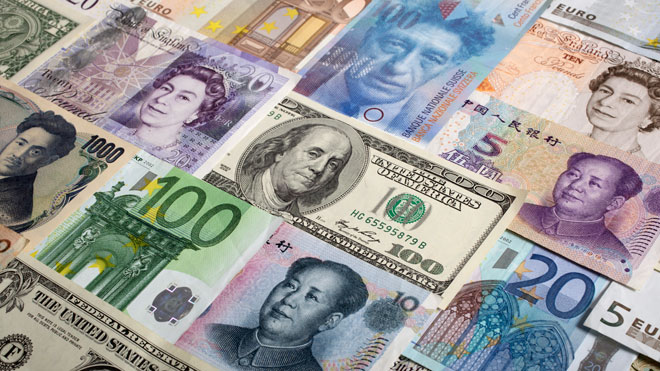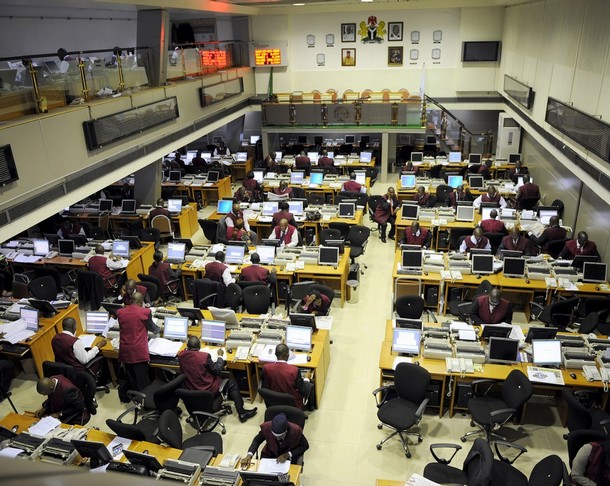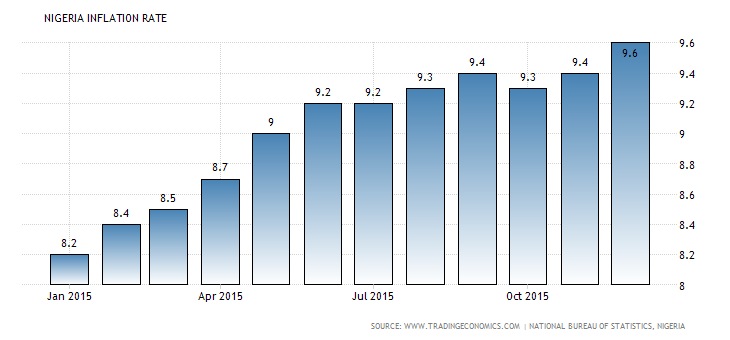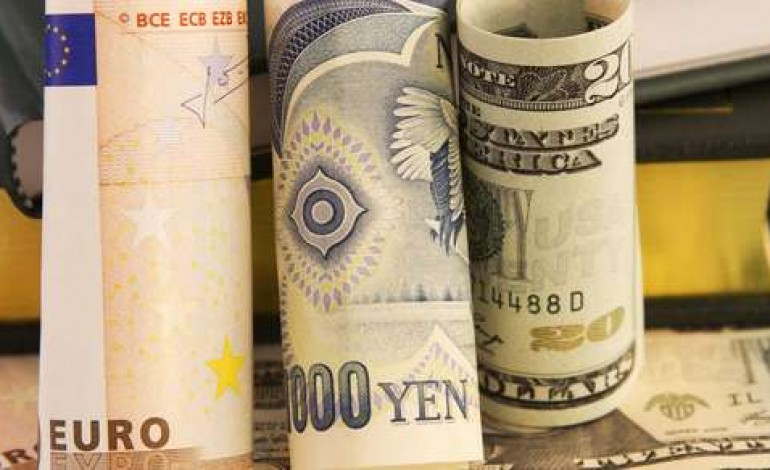The year that was 2015 saw emerging currencies challenged by a resurgent USD powering up alongside the US economic recovery, which added to the challenges faced by commodity-linked emerging economies amid a global slowdown in Oil and Gold prices and additional concerns over how a slowing down China economy would impact the general sentiment towards the emerging markets.
The results were a clear downward trend for emerging currencies and we continued to highlight emerging market currency weakness as a global phenomenon throughout 2015. The emerging market currencies which were the most heavily crushed during the year were those that belonged to economies dependent on commodity exports, therefore the Indonesian Rupiah, Malaysia Ringgit and Nigerian Naira fell victim to this.
The USDIDR plunged from 12428 in January to 14733 at the end of the year, while the Malaysian Ringgit exploded into astonishing weakness and the USDMYR sky-rocketed from 3.4950 to 4.4580 by the end of the year. The Nigerian Naira appeared vulnerable to extreme losses as 2015 commenced, but a controversial move to ban USD deposits likely prevented further currency weakness and at least improved domestic demand for the Nigerian currency.
Another huge contributor behind the losses in the emerging market currencies globally were the intense concerns surrounding the China economy entering a deep slowdown. From the second half of 2015 we pointed out that a slowing down China economy was not a problem for China itself, but for all those economies reliant on trade with China and this helped the weakness in the emerging markets accelerate as 2015 drew to a close.
Advertisement
From a domestic standpoint, the China economy is still performing and from recent data we can see that there is no hesitance from consumers to spend in retail, and I still believe that citizens living in China will only become concerned by economic weakness if it begins to hurt employment prospects. The major bright spot for China in 2015 was the Yuan being added to the prestigious SDR basket from the IMF, which underpins how critical China has become to the global economy regardless of its own reduced GDP growth.
Despite the SDR introduction for the Yuan, the trend for the China currency will remain weak throughout 2016. The SDR introduction is positive for understanding the longer-term prospects for China within the global economy, but it does not prevent the domestic economy from continuing to experience reduced growth in the short to mid-term. The People’s Bank of China (PBoC) will continue to take measures to improve economic fortunes for China, which we believe will include a gradual further depreciation of the Chinese currency. This is a strategic move from the PBoC, with the aim of enhancing export competiveness and encouraging consumers to stop looking for products abroad and to instead consume domestically. If however consumers still chose to import from overseas they will incur higher import costs which will improve another area of concern for the China economy, slowing inflation.
The only emerging market currencies that did not suffer steep losses in 2015 were those that were pegged to the USD, which became very supportive towards the UAE Dirham (AED). Local equity markets have suffered due to depressed commodity prices as expected, however the losses were not as intense as they could have been due to the USD peg. While the local economy will encounter lower growth with dramatically lower commodity prices, investors can use the benefits of the USD peg to consume products from abroad, such as with the Euro and Pound, to boost overseas consumption.
Advertisement
As we look towards 2016, the major turning point for all the emerging currencies will in some ways be in response to higher interest rates from the United States, but in my view it will be how they respond to a new environment of reduced economic growth which will be important. While it is largely true that the reasons behind the huge falls in the emerging market currencies were due to external factors, 2016 could see these external factors transform into internal and domestic pressures such as reduced spending power and reduced budgets that might lead to jobs being lost. The continued depression in the commodity markets is also going to limit any potential for a recovery in fortunes.
Slowing growth will continue to occur in China and will likely be a threat to India, although it is very possible that the proactive easing of monetary policy from the Reserve Bank of India might encourage borrowing domestically and help drive growth. It is worth remembering that the central banks in China and India have been actively intervening to shore up their own economies through monetary easing and there will be some hope that this could help drive industry growth and that as commodity importers, the lower import costs should help create budget for investment elsewhere.
As long as the USD strength and commodity price weakness persists, emerging currencies will continue to experience downward pressures into the first quarter of 2016. Another factor in play is a further increase in the US interest rates, which would likely lead to even more downward pressures on the Chinese Yuan, Nigerian Naira, Malaysian Ringgit, Indian Rupee and Indonesian Rupiah. I do believe that as the emerging economies begin to encounter their own reduced domestic growth that this could weigh on outflows and threaten demand for their currencies even further.
Any black swan events in emerging economies or increased geo-political tensions in 2016 will also be more than enough to create uncertainties in the markets and this will impact both the emerging and Asian currencies. The current threat of a possible black swan event would be removing the peg from the Saudi Arabian Riyal, which would create huge uncertainties throughout the GCC and Middle-East markets. It would also further weaken the outlook for oil prices because market participants would see the move as the Saudi government choosing to devalue its currency rather than cut oil production. However, it is important to stress that we do not expect such a move as of yet and this is more of a risk that investors could choose to monitor in case it impacts their investment portfolio.
Advertisement
For more market analysis please visit: ForexTime
Add a comment







